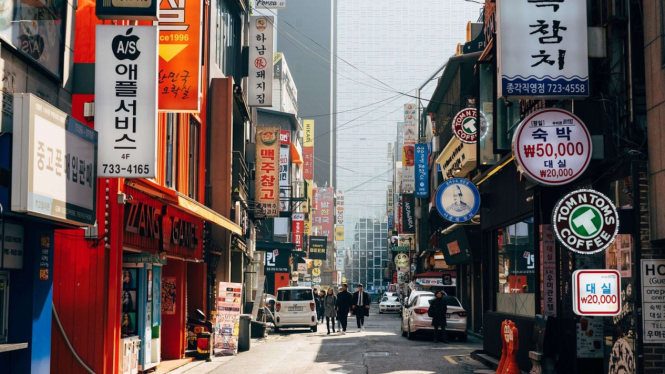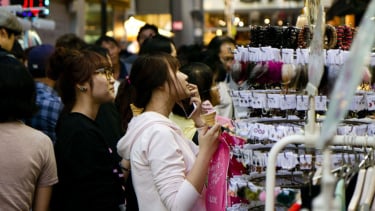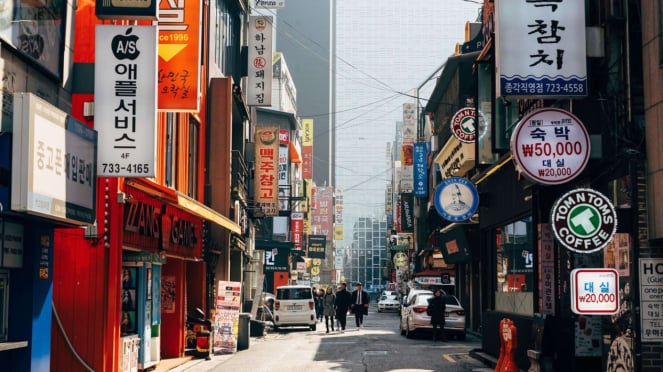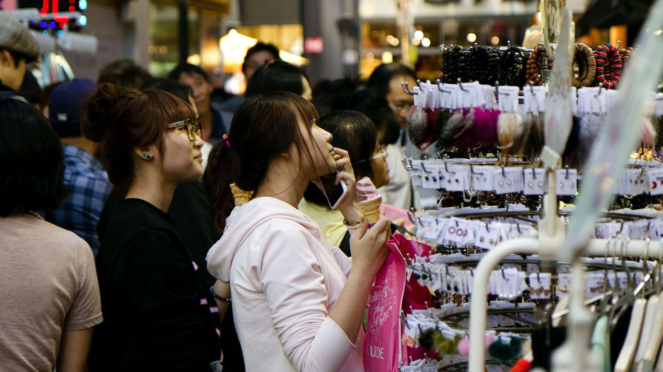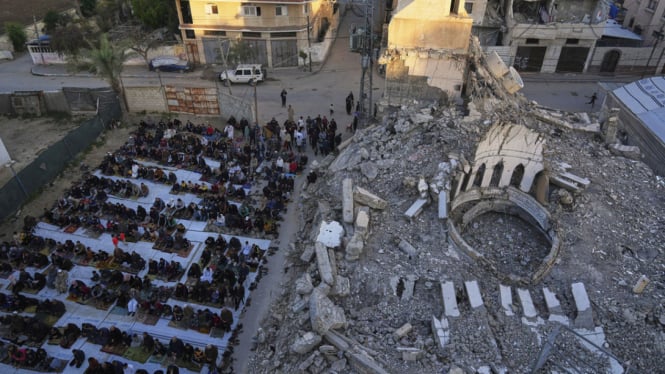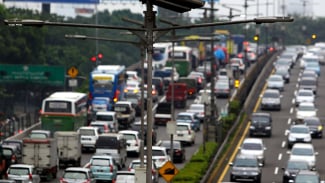South Korea Still Becomes the World-lowest Fertility Rate
- Pixabay
South Korea – South Korea set a fresh record for the world’s lowest fertility rate as the impact of the nation’s aging demographics looms large for its medical system, social welfare provision and economic growth.
The number of babies expected per woman in a lifetime fell to 0.72 last year from 0.78 in 2022, according to data released Wednesday by South Korea’s national statistics office. The number of births also slid by 7.7% to 230,000, setting a new low for comparable data in a nation of about 50 million people.
The lack of babies is speeding up the aging of South Korean society, generating concerns about the growing fiscal burden of public pensions and health care.
“From medical services to welfare, demand for spending will increase while fewer taxes will be collected as the number of young people decreases,” said Shin Seung-keun, a professor of fiscal policy at Tech University of Korea, as reported from the Business Standard.
President Yoon Suk Yeol has run into difficulties as he tries to take action in response to the demographic challenges the nation is facing.
Yoon’s government is seeking to boost the number of medical students in a country that has one of the most acute shortages of doctors in the developed world, according to figures from the Organisation for Economic Co-operation and Development.
Ilustrasi negara Korea Selatan
- Pixabay
Korean Medical Association Holds Demonstration
Demonstrators protest against a government plan to increase the number of seats at medical schools in Seoul on February 25.
Thousands of trainee doctors have handed in their resignations and walked out in protest, saying the plan doesn’t address key issues with their working conditions. That’s resulted in a standoff threatening lives ahead of parliamentary elections in April.
Doctors are pointing to the low number of births as a reason the government should scrap its plan to raise medical school intakes by about two-thirds.
Beyond the strains on the medical system, low fertility is also threatening South Korea’s economic prosperity and dynamism in the long term by shrinking its workforce and slowing consumption.
Bank of Korea Governor Rhee Chang-yong has said that the low proportion of births is already starting to weigh on growth potential, while warning against Japan-style fiscal and monetary stimulus to combat the challenges of an aging economy.
Fewer babies also mean fewer South Korean soldiers, casting a long shadow over national security in a country that faces the threat of provocations from North Korean leader Kim Jong Un’s 1.2 million-strong
Ilustrasi masyarakat Korea Selatan.
- Pixabay
army
Tech University of Korea’s Shin warned against following Japan’s example of focusing on the needs of seniors. He described South Korea’s neighbor as a “silver democracy.”
“Politicians will naturally lean toward older people that are bigger in numbers, concentrating support on them and shattering a virtuous economic cycle that invests more in the education of next generations for greater productivity,” he said.
Japanese government data released this week showed the number of babies sliding to a new record low last year.
Policymakers in both countries have yet to find effective measures for turning around population decline without resorting to more pro-active immigration policies.
Diverse factors are blamed for the reluctance among South Koreans to have kids. They range from skyhigh housing costs to the expensive and highly competitive environment for children’s education.
Increasing gender tensions are another reason regularly highlighted.
In 2022 marriages fell to a new low. While some 192,500 couples tied the knot, that was down 42% from decade earlier, according to Statistics Korea.
When couples do get married, they fear unfavorable consequences if they take time off work to look after their children.
South Korea has the smallest share of parents going on leave for children in the developed world, according to a Korea National Assembly Research Service study.
Women also find it hard to maintain job security and wages after coming back from childcare.
South Korea has the highest share of late-middle-aged women with temporary jobs in the OECD, a factor that feeds into the worst gender wage gap in the developed world.
The challenge of declining populations isn’t unique to South Korea. Aging is increasing the fiscal burden in other developed countries, spurring concerns over long-term debt sustainability, reducing spending on infrastructure and eventually hurting the quality of life.
A separate report by the UN Population Fund showed South Korea ranked second lowest at 0.9 in fertility, just after Hong Kong at 0.8.
The UN and Statistics Korea use different modeling methods with South Korea basing its figure on actual population statistics rather than projections.
Still, among nations with larger populations, South Korea’s population crisis is acute. A Statistics Korea forecast last year projected the population in 2072 would fall to 36.2 million, a 30% decline from the current 51 million.
Other moves by the government to address the country’s demographic challenges, include a tripling of monthly allowances for parents of newborns and a reduction of mortgage interest rates.
South Korea also plans to ease regulations on hiring foreign nannies to boost the limited options available for childcare.

